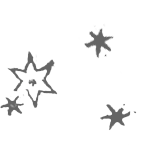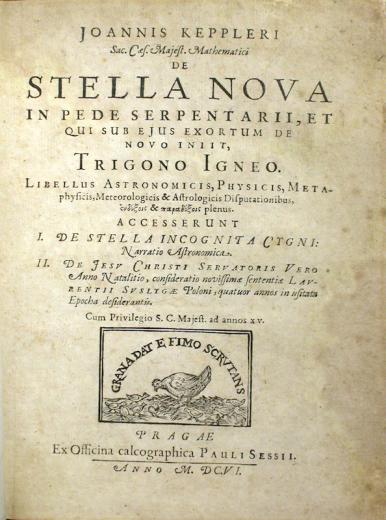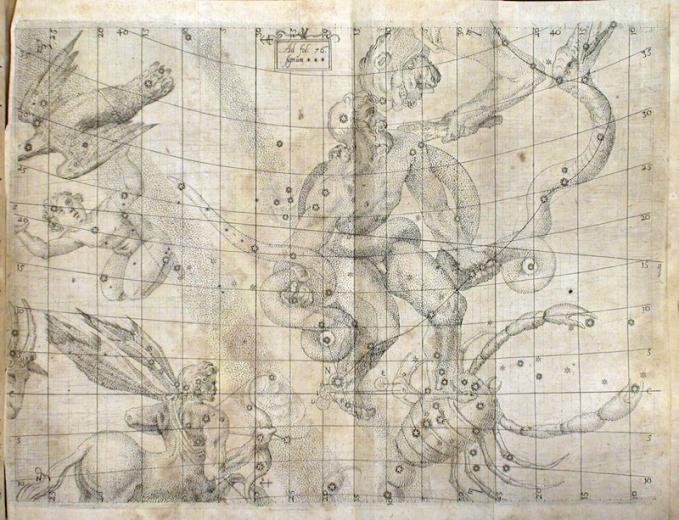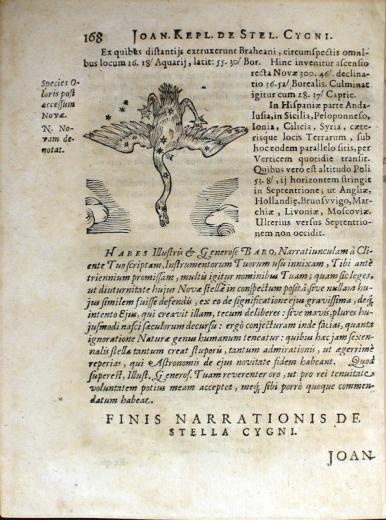Citation
Item Location
Kepler’s star map shows the constellations of Ophiuchus (the Serpent Handler), Sagittarius and Scorpius. The Milky Way runs diagonally down from the left, and the “ecliptic,” or annual path of the Sun, runs horizontally through Sagittarius and Scorpius. A triple conjunction of Jupiter and Saturn took place in 1603, followed by a planetary massing with Mars in 1604. After the planetary massing, a “Nova” or bright star (“N”) suddenly appeared in the ankle of Ophiuchus on October 10, 1604. The new star was no ordinary star; it remained visible even in the daytime sky for over a year. The new star prompted widespread debate about what it might portend and whether the heavens could change. Now called Kepler’s nova, it was the second supernova to be observed in a generation, after the supernova in Cassiopeia, described by Tycho, which appeared in 1572. No supernova within the Milky Way galaxy has been observed since.
Related Items
Resource Type: Book








